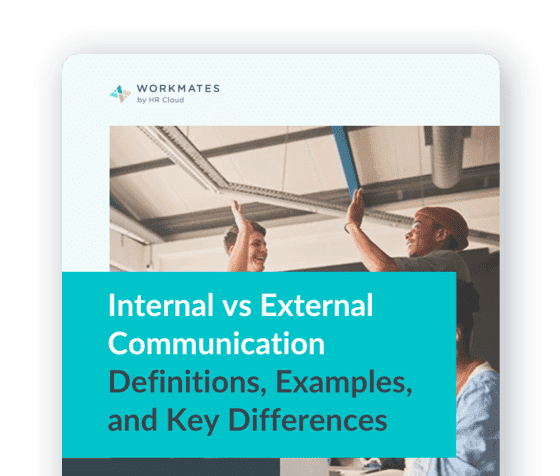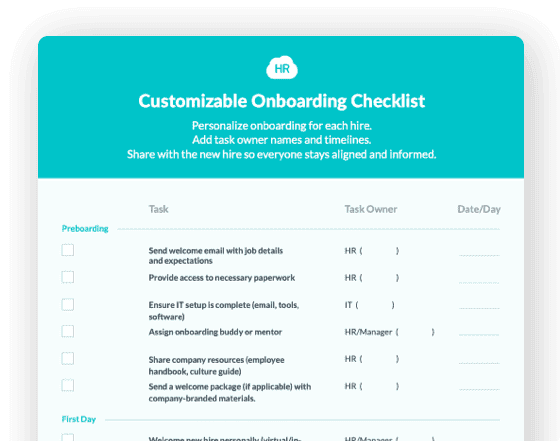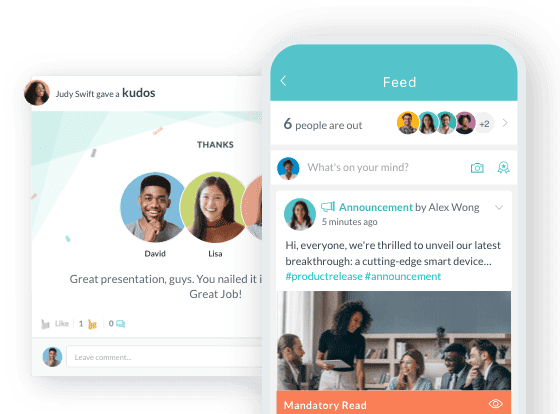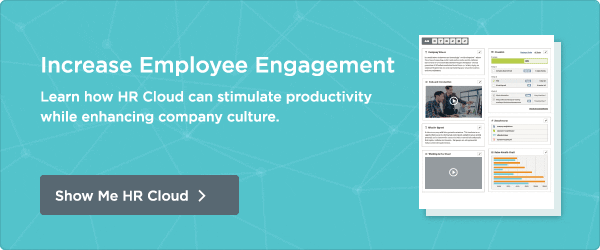

 Cut onboarding time
by 60%—here's the
Ultimate Checklist
that helped do it.
Cut onboarding time
by 60%—here's the
Ultimate Checklist
that helped do it.

A recent Forbes article fills us in on the secret of ultra-productive people. Funny thing is that many of the “11 Things Ultra-Productive People Do Differently” go against the grain. What if an employee is super productive but doesn’t work in “the way things are done” at the company?
In the Forbes article, Travis Bradberry, identified some behaviors that ultra-productive people rely on to get stuff done, including going off the grid, saying no, not multitasking, only checking email at certain times, and fighting the tyranny of the urgent.
I really like that last one. The author describes it as “... the tendency of little things that have to be done right now to get in the way of what really matters. This creates a huge problem as urgent actions often have little impact. If you succumb to the tyranny of the urgent, you can find yourself going days, or even weeks, without touching the important stuff. Productive people are good at spotting when putting out fires is getting in the way of their performance, and they’re willing to ignore or delegate the things that get in the way of real forward momentum.”
So where’s the balance? How do we reconcile our operational needs, organizational culture and expectations, with the realization that people may, in fact, be productive when they adopt practices that, on the surface, don’t necessarily seem to sync with “the way we’ve always done it?” What if the company’s Number One Sales Producer only checks his email at certain times of the day? Is that OK? Should it be OK?
The secret to productivity, in my opinion, is pretty simple. Optimizing productivity is all about creating the right conditions so that employees can perform their best work.
We can implement technology solutions that increase efficiency, for example, but should also make sure we don’t handcuff employees to their devices. We should ensure that individuals have the autonomy, control and authority to make decisions regarding how they get their work done. We can evaluate if we’re valuing output and goal achievement or if, perhaps, we’re still measuring face-time. Why, when many of us can work from anywhere (thank you cloud computing!), do so many organizations still require employees to inhabit cubicles at prescribed times?
Simple isn’t it? Creating the right conditions so that employees can perform their best work. That’s how HR professionals and organizational leaders can impact productivity.
I think that’s something we all can do.

Keep Reading
The Hidden Metrics of Frontline Success: Beyond Engagement Scores
"What gets measured gets managed, but what gets measured well gets transformed." — Peter
Embracing Diversity: Recognizing Different Cultures in the Workplace
Workplaces today reflect the incredible diversity of the world around us. People bring
From Manual to Automated: A Complete Guide to Digitizing Employee Onboarding for Large Organizations
Sarah Chen, Director of HR at a 7,000-employee healthcare organization, starts her Monday
Like What You Hear?
We'd love to chat with you more about how HR Cloud® can support your business's HR needs. Book Your Free Demo

Build a Culture of Recognition. Boost Engagement. Guaranteed.
Workmates empowers employees to stay informed, connected, and appreciated—whether they’re on the front line, in the office, or remote. Recognition drives 12x higher engagement.Trusted by industry leaders in every sector




Cut Onboarding Costs by 60%.
Take the confusion and follow-ups out of onboarding with automated workflows, digital forms, and structured portals—so new hires ramp faster 3X quicker.Trusted by industry leaders in every sector






